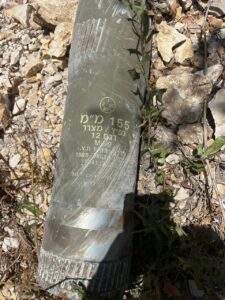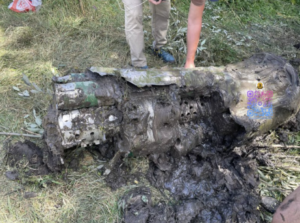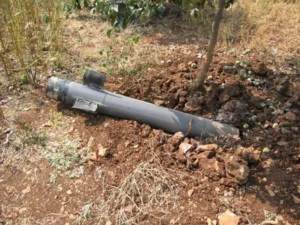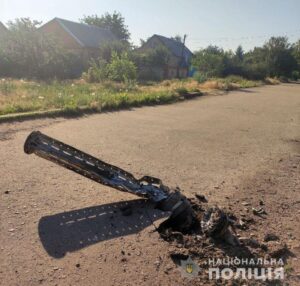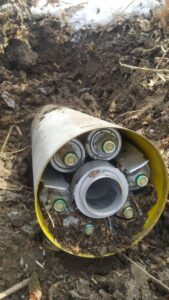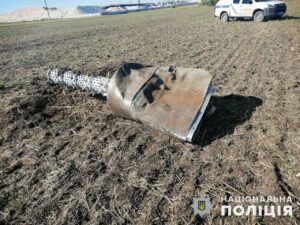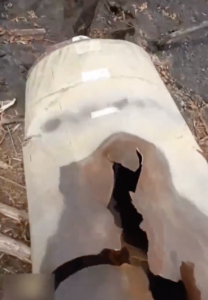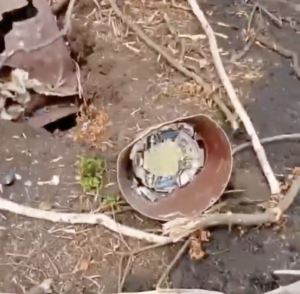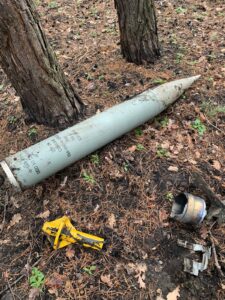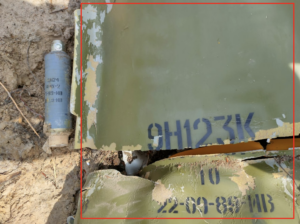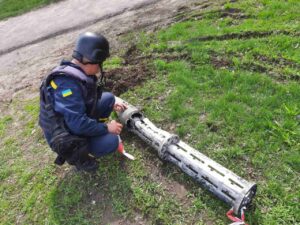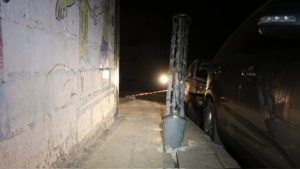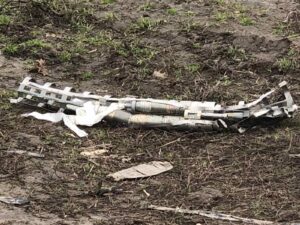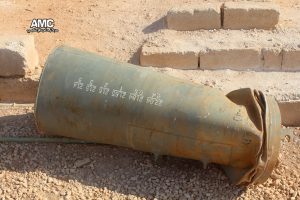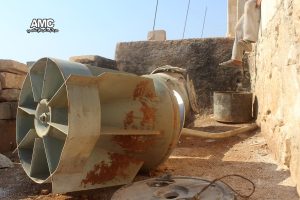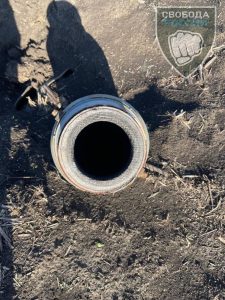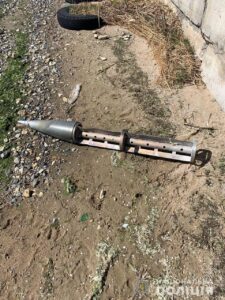Current Filter
Cluster Munition
Carrier munitions which contain and dispense submunitions (smaller munitions, sometimes called ‘'bomblets’'). Cluster munitions generally scatter their payload over a wide area, either to increase hit probability or for area-denial purposes. They can take the form of multiple munition categories. Some submunitions - especially older models, or those stored or employed incorrectly - can have a high dud rate, resulting in an enduring explosive hazard. More than 100 states have signed an international convention banning the use of cluster munitions - but not Russia, the United States, China, or Israel.


 A broad term for a variety of different carrier munitions which contain and dispense submunitions - smaller munitions, sometimes called 'bomblets'.
A broad term for a variety of different carrier munitions which contain and dispense submunitions - smaller munitions, sometimes called 'bomblets'. 





